What Are Body-Weight Exercises?
These are workouts that make use of the weight of your body as a kind of resistance. In most cases, they target a large number of muscles and contribute to the development of stability and strength. Due to the fact that you do not need any apparatus or weights, you are able to do them almost anyplace. These exercises may easily be modified to meet your specific requirements. Therefore, you may reap significant advantages regardless of whether you are a novice or an experienced player.
Pushup
It's possible that this is the most well-known workout made using body weight. Considering that you are lifting your own body weight, the muscles in your chest and triceps will be the ones that you utilize the most. Together, your deltoids, which are the muscles in your shoulder, are responsible for supporting the movement of your arms, and your abdominal muscles are responsible for maintaining the tightness of your core.You should avoid arching your back or allowing your hips to drop down. Make motions that are smooth and controlled.
Squats
They're ideal for increasing your flexibility and lower-body strength. Your lower body and hips will become more mobile. The primary muscles you employ are your quadriceps, hamstrings, hip adductors, and gluteus maximus. Take cautious not to place too much weight on the balls of your feet.Squat as low as possible without experiencing pressure or discomfort in your knees. As your strength improves, you will be able to move lower.
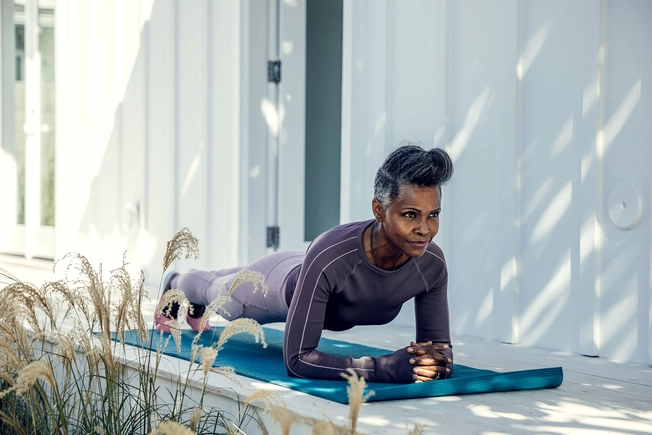
Planks
Planking is a flexible workout that provides several advantages. The plank exercise is ideal for strengthening your core. Core exercises may alleviate lower back discomfort. It will also relieve tension on your spine, thereby improving your posture. You will become more flexible and balanced.

Mountain Climbers
As the name implies, this workout involves simulating the motions you would do when climbing a mountain. These may be used as a warm-up before a workout or as a standalone exercise. You'll train your legs, abs, triceps, and shoulders, but almost every muscle group will be used, including cardio. Mountain climbers also urge you to move in ways you don't often do.
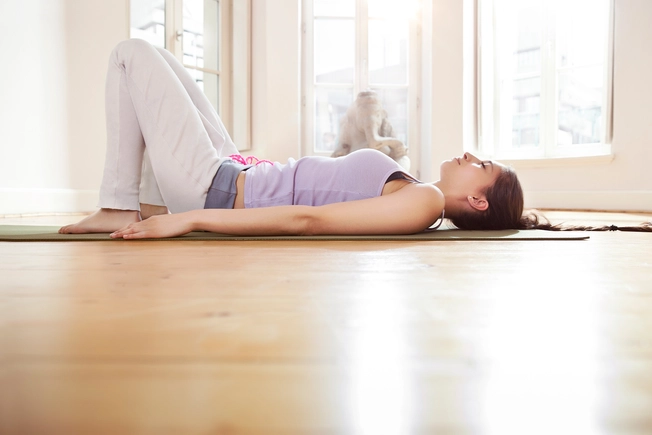
Pelvic Tilt
To do one of these, lie flat on the floor, lifting your pelvis off the ground while keeping your knees bent and your feet flat. It makes your posture better and strengthens the muscles in your buttocks and core. Don’t forget to keep breathing while you’re doing this. Try not to lift your shoulders or upper back off the floor.

Burpee
To do this full-body workout, lower your body to the ground and perform a squat thrust before launching into a high leap. You will work all of your main muscle groups. At the same time, you will exercise your heart and lungs. Burpees help you gain strength, which you may use to combat muscle loss as you age.
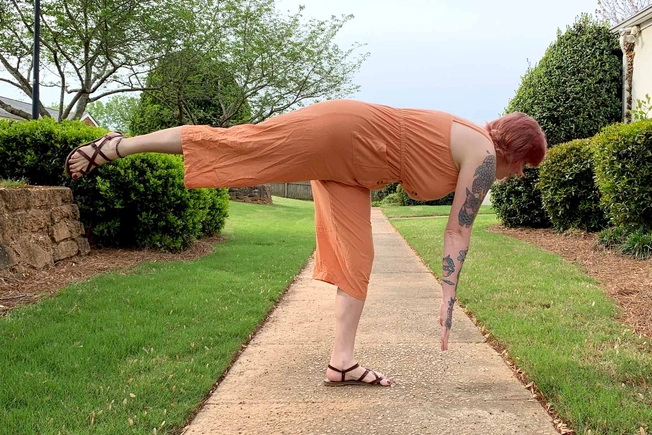
Single Leg Deadlift
Stand on one leg with a slight knee bend. Focus on keeping your core tight. Then slowly bend forward at your hips and keep that standing knee slightly bent. Although this technically works the whole body, you’ll feel it most in your hips and legs. It builds endurance and strength in the muscles below your waist. This exercise also helps build your ancillary muscles -- muscles that improve your balance -- and offers the most resistance on your lower body.
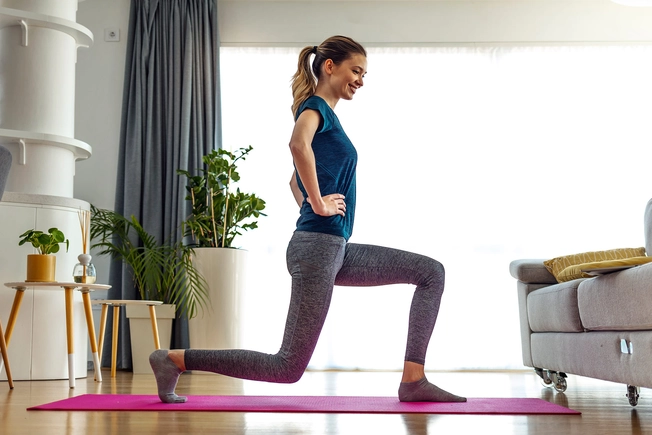
Lunges
The muscles in your legs are the primary focus of these exercises. As a result of the fact that they all include lunging actions, they are also excellent for fitness for sports, especially sports such as soccer, basketball, or tennis. Be certain that your knee does not extend beyond your toes and that it remains in the center of your foot at all times.
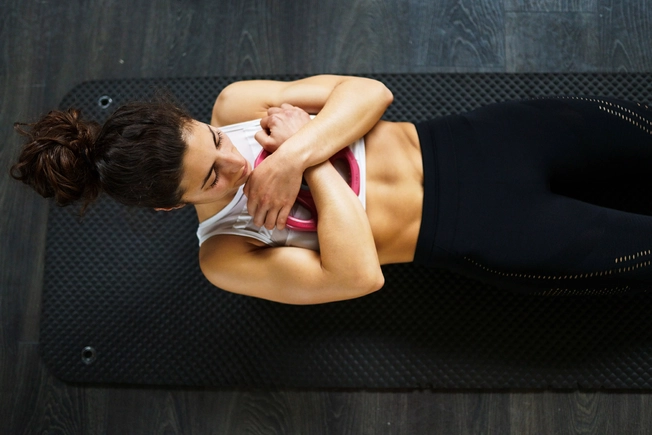
Abdominal Crunch
Lie on your back, knees bent, feet flat. Fold your arms over your chest, then elevate your shoulders and head off the ground using your core muscles. It will strengthen those muscles, making it simpler to participate in most sports and physical activities. Never clasp your hands behind your head while executing these crunches. This not only prevents you from targeting the abdominal muscles, but it may also cause neck pain.

